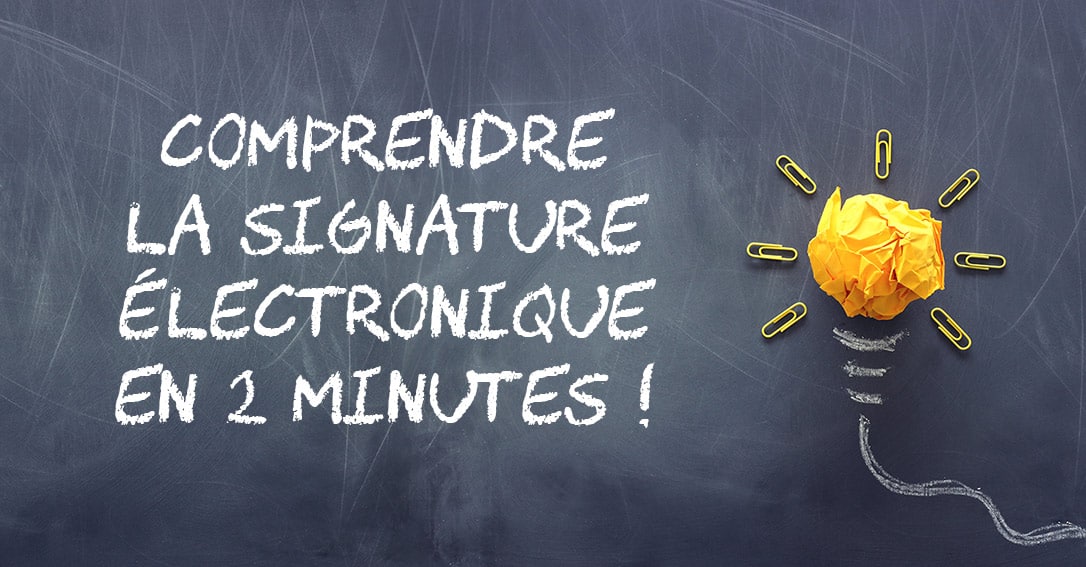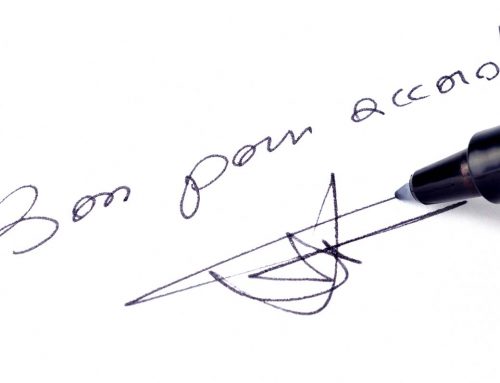2 minutes to understand the electronic signature

Here we go! In 2 minutes you will understand everything about the electronic signature. It has a legal value recognized throughout Europe since 2017 by the eIDAS regulation. This regulation distinguishes between 3 levels of signature, all of which have legal value but are more or less strong. Therefore, you have to choose the right one based on the size of the documents.
The simple signature:
How do I recognize it?
It is the equivalent of a handwritten signature without identity checks. A digital element identifying the signatory without security is attached to the document. This identification is easily questionable by the signatory. This is usually a checkbox, a positive response to an email, a scanned signature or a self-generated certificate with Acrobat or via online tools like SmallPDF.
When to use it?
When the act has little or no economic value.
When identity verification systematically prevents signature.
When the cost of identity verification (system cost – decrease in deeds for refusal of identification) is greater than the value of signed acts.
The advanced signature:
How do I recognize it?
It is the equivalent of a handwritten signature with identity check. A secure lying digital element of the signatory is attached to the document. This identification is difficult to dispute by the signatory. It is a copy of an ID, a double-factor authentication, an authenticated certificate with a certification authority, a biometric handwritten signature, a fingerprint. This is the signature used by Docage.
When to use it?
When the deed has a significant economic value.
When identity verification does not prevent the signature.
When the cost of identity verification (system cost – decrease in deeds for refusal of identification) is less than the value of signed acts.
When the simple signature does not represent sufficient security.
When qualified signature is impossible or unsuitable for the signing path.
The qualified signature:
How do I recognize it?
This is the equivalent of a handwritten signature authenticated by a public officer (notary, civil registry officer,…). A qualified digital certificate is attached to the document using a qualified device. This identification is indisputable because the entire signature process respects a state-defined process. This is a certificate physically handed over after inspection by a qualified trusted provider such as Certinomis and which will be used via a USB stick itself qualified for the protection it provides to the certificate (the signatory can only sign by entering a code that he is the only one to know).
When to use it?
When required by law (e.g. responding to a call for tender)
When you can’t afford a single contested signature.
When the cost of qualified identity verification (system cost – decrease in deeds for refusal or inability to identify qualified) is less than the value of signed acts.













